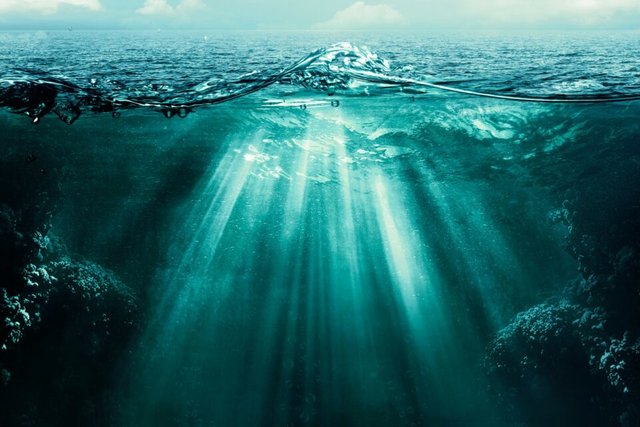There is more life in the deep of the Ocean than we ever know
The sun's rays are essential to life on Earth, but some interesting organisms are able to survive without sunlight. Instead of using photosynthesis to create energy, some microbes rely solely on the oxidation of inorganic molecules, such as hydrogen, to produce energy. This process is called chemosynthesis and was first suggested as a potential energy source for microbes in the 1800s. However, it wasn't until the discovery of ecosystems near deep ocean hydrothermal vents in the 1970s that it was confirmed. Since then, the ability to use inorganic compounds for energy has been considered rare and only found in extreme environments.

New studies conducted in the ocean indicate that the survival strategy of relying on chemosynthesis is actually widespread, spanning from the North to the South Pole. The team leading this research, composed of scientists from Monash University in Australia, has discovered evidence that as sunlight diminishes and the environment becomes darker, invisible marine microbes turn to chemosynthesis as their primary source of sustenance.
Microbes in various locations, such as urban bays, tropical islands, and several hundred meters beneath the surface, are able to utilize hydrogen and carbon monoxide as a source of sustenance. Molecular hydrogen is a convenient and widespread source of energy that can be found in trace amounts throughout a variety of ecosystems, including the atmosphere, the surface, and below. The latest study is the first of its kind to examine whether bacteria in the open ocean are able to utilize hydrogen for energy.
With the exception of one sample, microorganisms in all 14 seawater samples possessed the genetic capacity to perform both hydrogen-based chemosynthesis and photosynthesis. The team's experiments indicated that the chemosynthesis rate was adequate to maintain the growth and survival of the microbial community, according to their models. As a result, the researchers determined that hydrogen was a significant energy source for bacteria in seawater, particularly those that reside in the ocean's most obscure and deepest regions.
Reference articles: